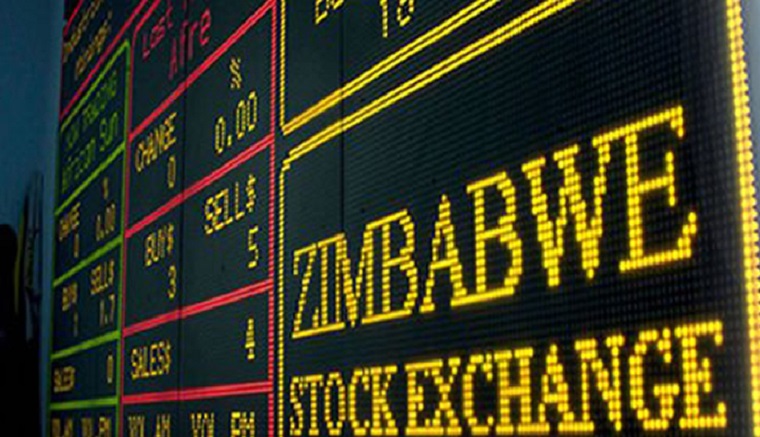The Zimbabwe Stock Exchange is soaring, reaching new records each day. Last week alone, the market capitalisation added $3.2 billion to close at $11.3 billion as demand for equities soars.
Gone are the days when the common sentiment was “Zimbabwean shares are undervalued”.
ZSE is now overvalued despite the challenges companies are facing which include foreign payment delays and waning aggregate demand, just to mention a few.
Year to date, the mainstream index gained 176.96 percent to 400.05 points, driven mainly by the biggest 10 stocks by market capitalisation which account for 77.4 percent of the total market capitalisation.
The mining index has also picked up 56.32 percent in a year to date to 91.46 points, as demand for all mining companies increase.
Markets observe fundamentals – which gives rise to a question – which fundamental is ZSE respecting?.
“Money supply!,” analysts have this general consensus.
Analysts say the demand for equities is driven mainly the issuance of treasury bills into the market by government, which is giving rise to creation of phoney money in the economy through Real Time Gross Settlement (RTGS).
Banks are holding on to $7 billion in unsupported electronic balances, putting their health at risk.
RTGS payments accounted for 71.87 percent of the total value of transactions processed through the national payment system (NPS) in the week to September 1, according to RBZ statistics.
The market capitalisation to GDP ratio, a guide of the market is under/overvalued, indicates that ZSE is now overvalued, but analysts concur that the bull run will continue.
Zimbabwe’s GDP stood at $16.29 billion in 2016, according to the World Bank.
This implies that the market capitalisation to GDP ratio is now around 63 percent.
In 2011, when the economy showed some signs of recovery, with capacity utilisation reaching a peak 57.2 percent, the market capitalisation to GDP ratio stood at 34 percent.
“Listed companies represent less than 50 percent of total companies in Zimbabwe, but the market capitalisation is now heading towards a one to one ratio (1:1) with the country’s GDP, which shows that the market is overvalued. Traditionally the market capitalisation to GDP ratio was between 40-50 percent, which was a fair representation” an analyst with a leading asset management firm said.
Zimbabwe has many big companies that are not listed locally but contribute significantly to GDP.
But, without their contribution, the ZSE market capitalisation on its own is creeping towards the total GDP.
“Local investors are driving the current ZSE bull run, in particular, institutional investors who have excess cash in banks, as they prefer equities to money markets due to currency risk fueled by the heavily discounted bond notes and RTGS balances,” said an equities analyst.
Continued next page
(163 VIEWS)







0 Comments